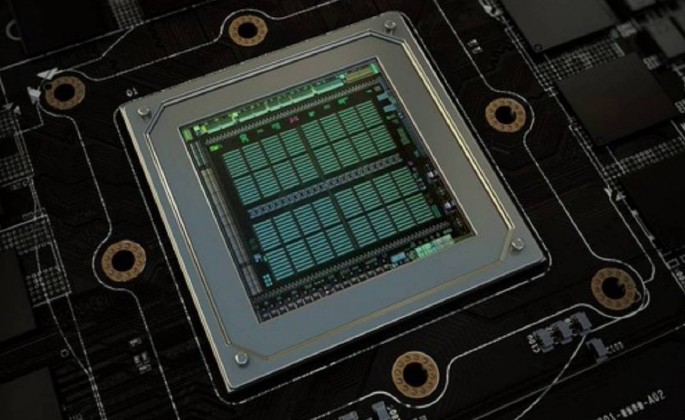NVidia's new GeForce 1050 series graphics cards are the some of the cheapest cards in the market currently in terms of the performance-price perspective. At the same time, however, the cards are unique and inimitable from the rest of NVidia's Pascal-based cards.
Firstly, the GTX 1050 and GTX 1050 Ti are not built on the same underlying technology like the rest of NVidia's 10-series cards. Taiwan Semiconductor Manufacturing Company fabricates the GTX 1080, 1070, and 1060 by utilizing the Pascal GPU architecture and 16nm manufacturing process.
But for the GTX 1050, a different process is used. The fresh cards adopt a brand-new GP-107 graphics processor, which is built using the more advanced 14nm process at a secret manufacturing plant, possibly Samsung, according to PC World.
Secondly, GTX 1050 Ti packs a GP107 GPU, which houses 768 CUDA cores along with 48 texture units across its six Pascal-streaming multiprocessors. The GTX 1050 includes a higher clock speed, shaving off a streaming multiprocessor, resulting in only 640 CUDA cores and 40 texture units.
This is exactly half the internal hardware of the GeForce GTX 1060, which costs $250. The innovations integrated in the new cards are, consequently, much cheaper to fabricate and this feature further links the card with its next pro.
According to PC Gamer, by incorporating less hardware components and assimilating it with new innovations, the GTX 1050 and GTX 1050 Ti only draw 75W of power. This allows them to slip into any prebuilt PC, discounting the requirement of upgrading the PC or necessarily adding six-pin power connectors.
In the fourth place, both the GTX 1050 and GTX 1050 Ti offer many features offered by other Pascal-based graphics cards. Despite their low-end placement, the two cards are capable of offering HDR support, Ansel Super screenshots, performance-boosting multi-resolution, Fast Sync, and simultaneous multi-projection, among others.
Lastly, the most undeniable advantage is affordability. Gamers can get their hands on the GTX 1050 at a price of just $109 and its Ti cousin at $139. These features give NVidia a competitive advantage over AMD and proves that the company is capable of dominating the graphics card market in future.
Watch a GTX 1050 review here:



























